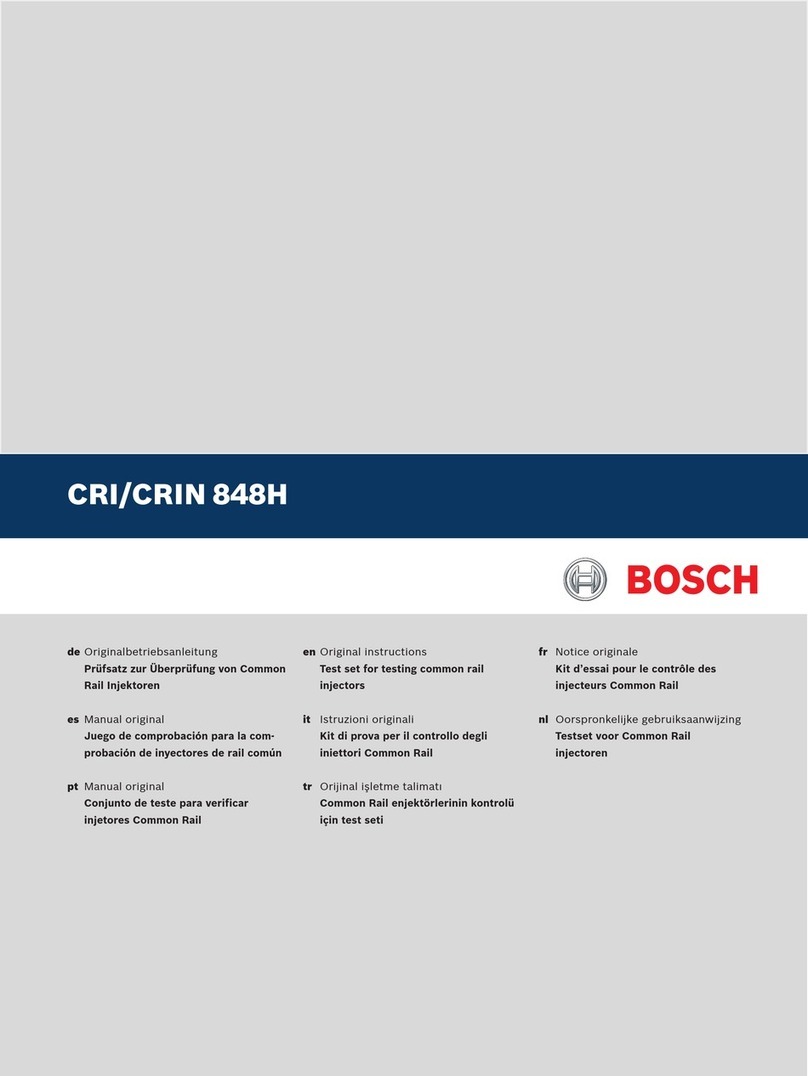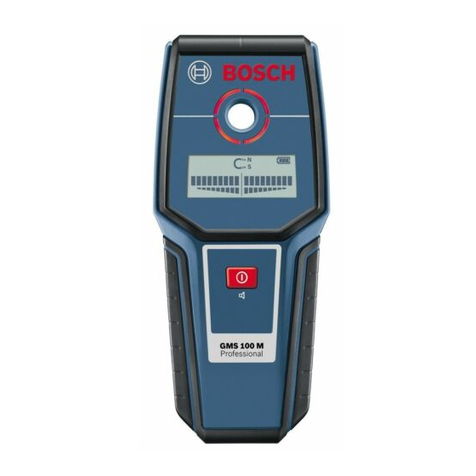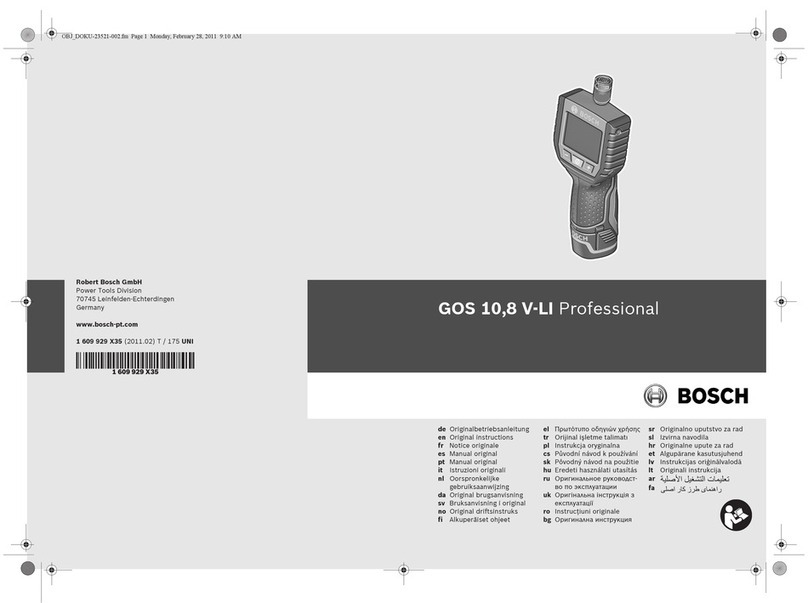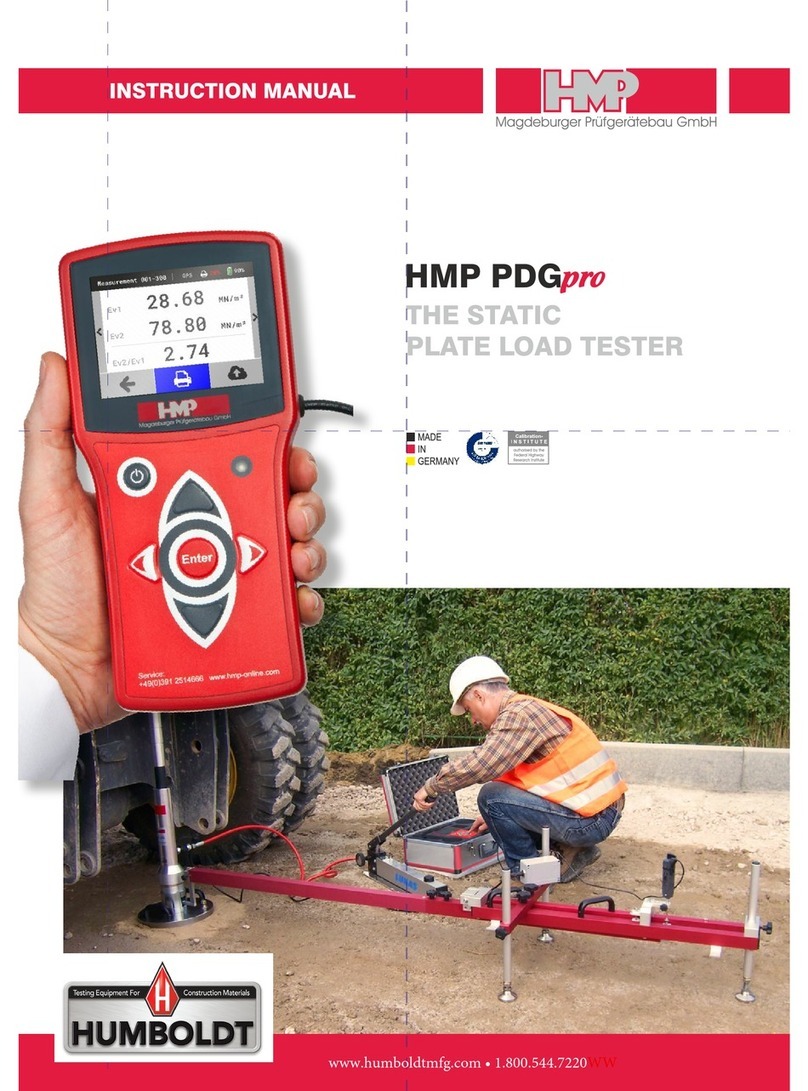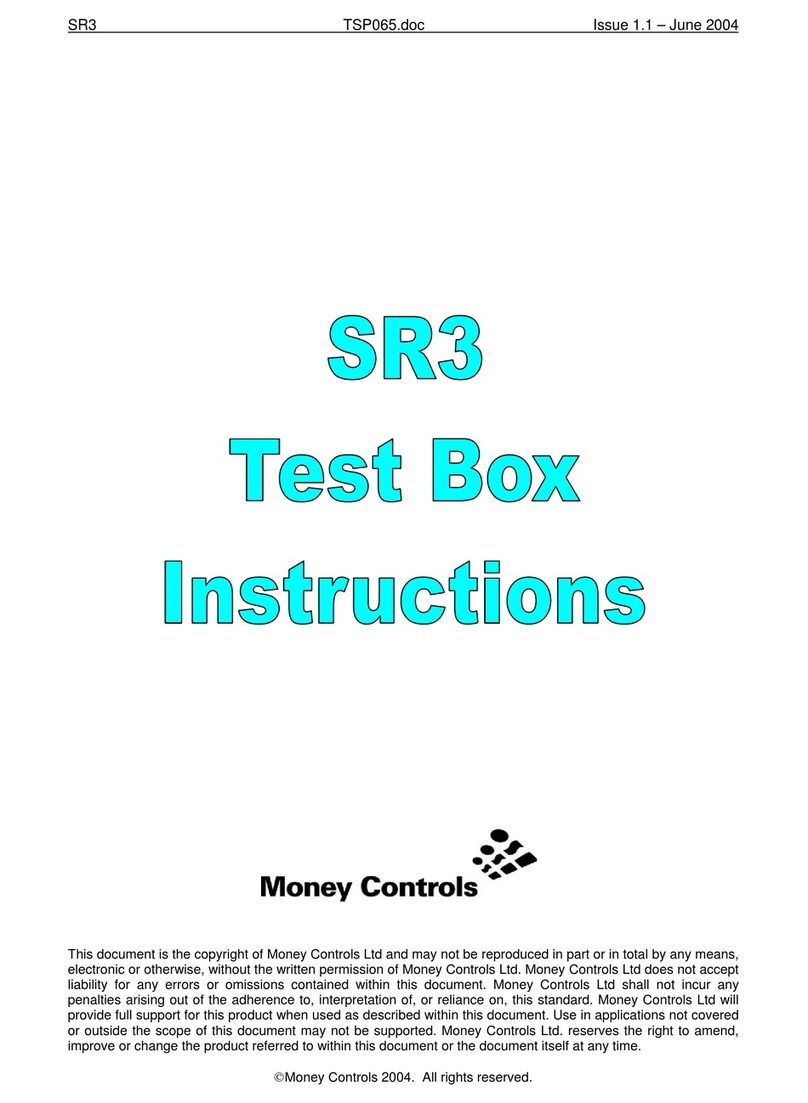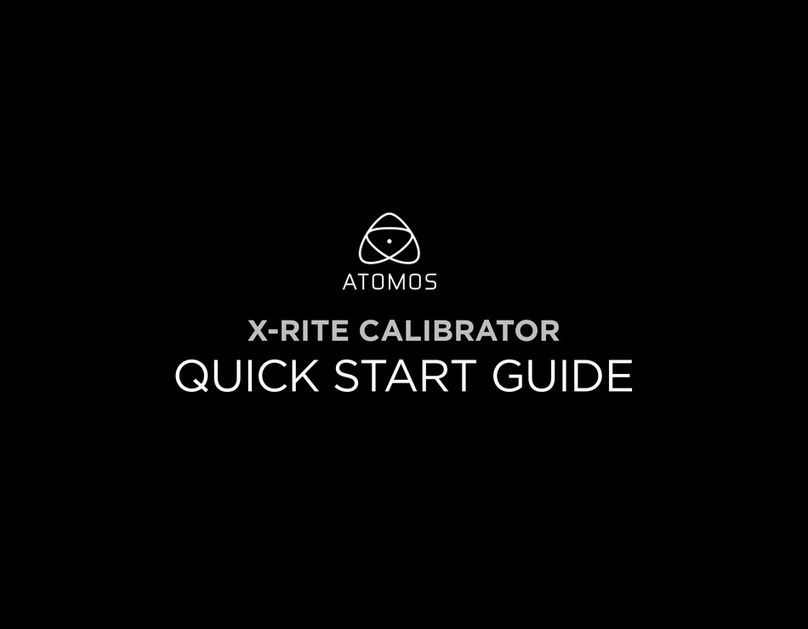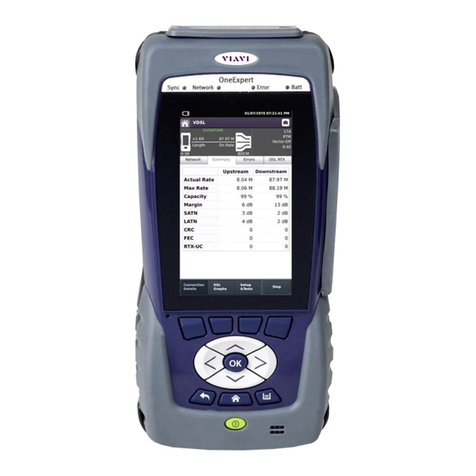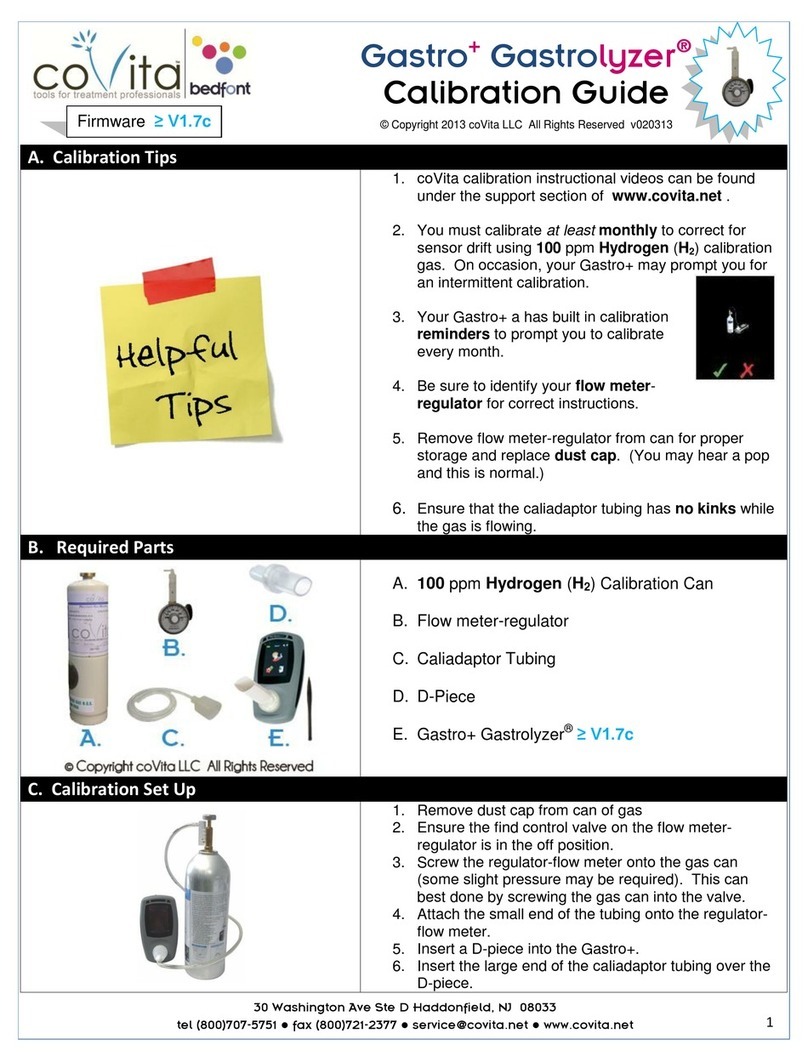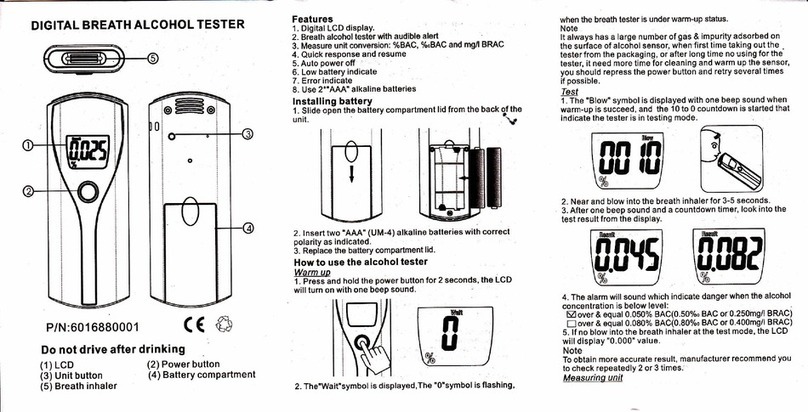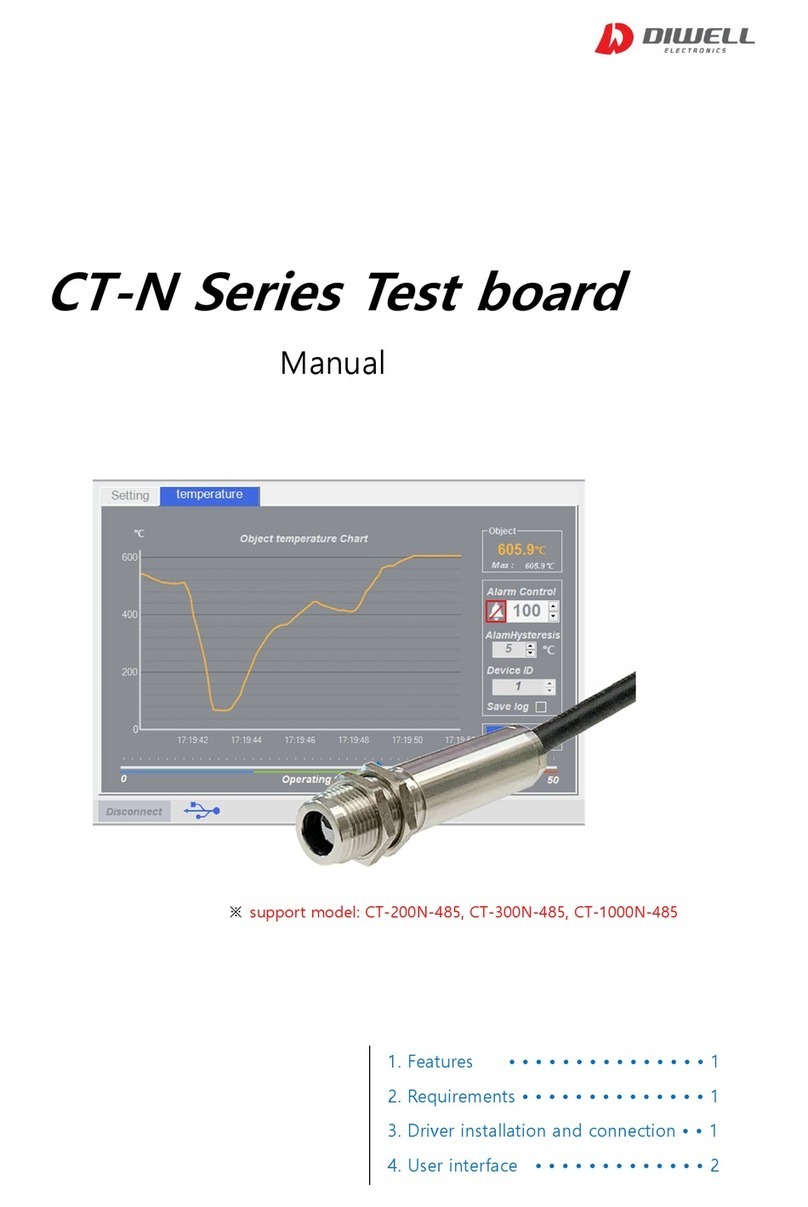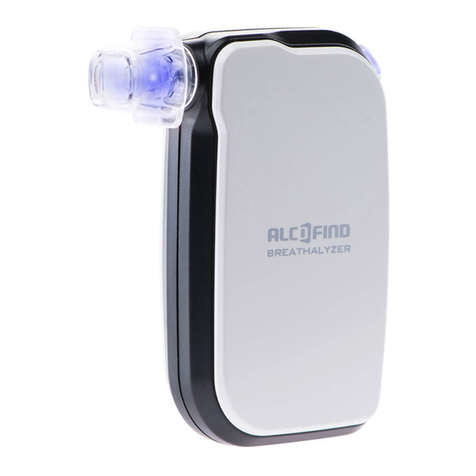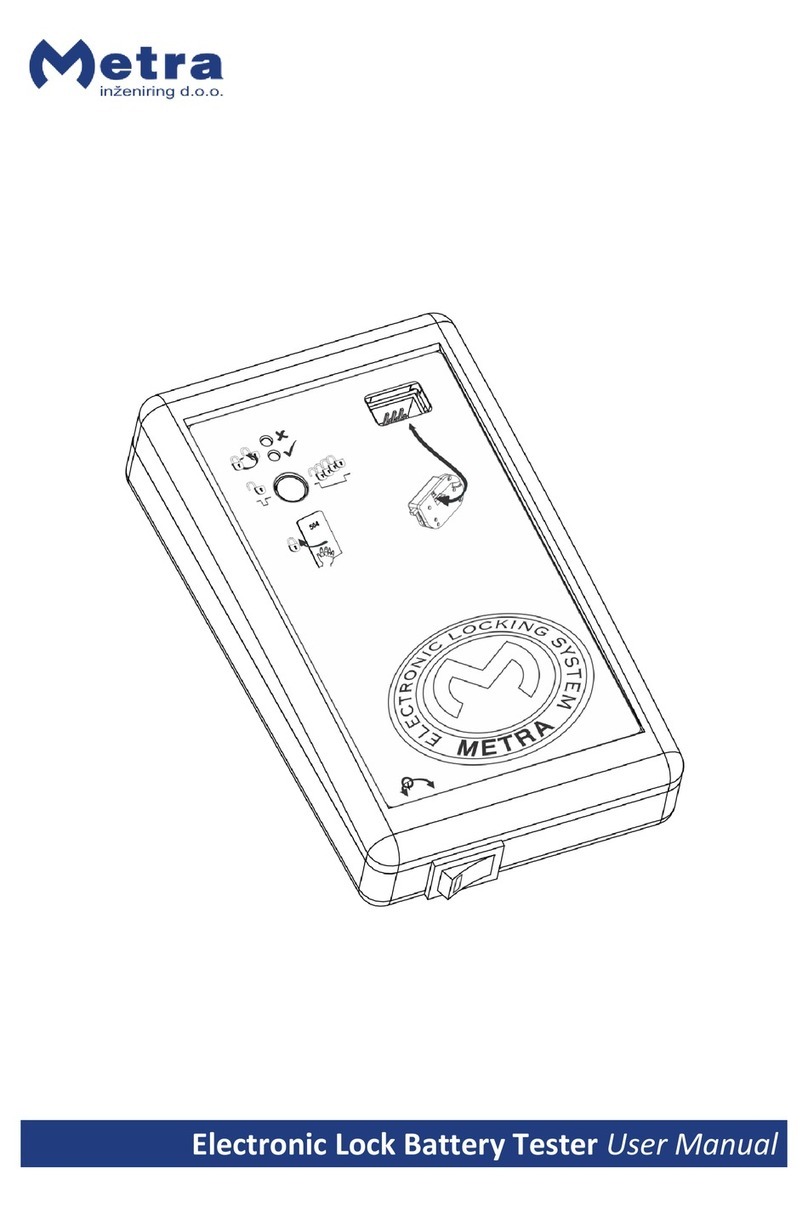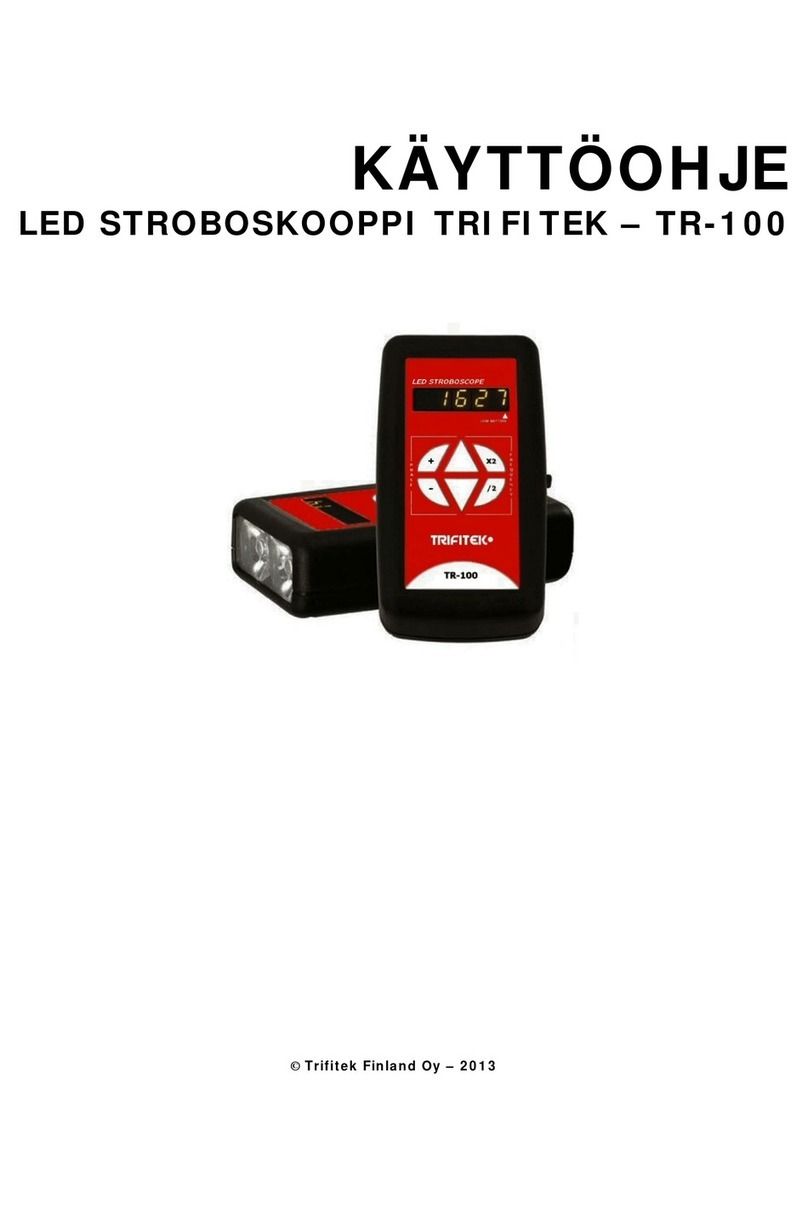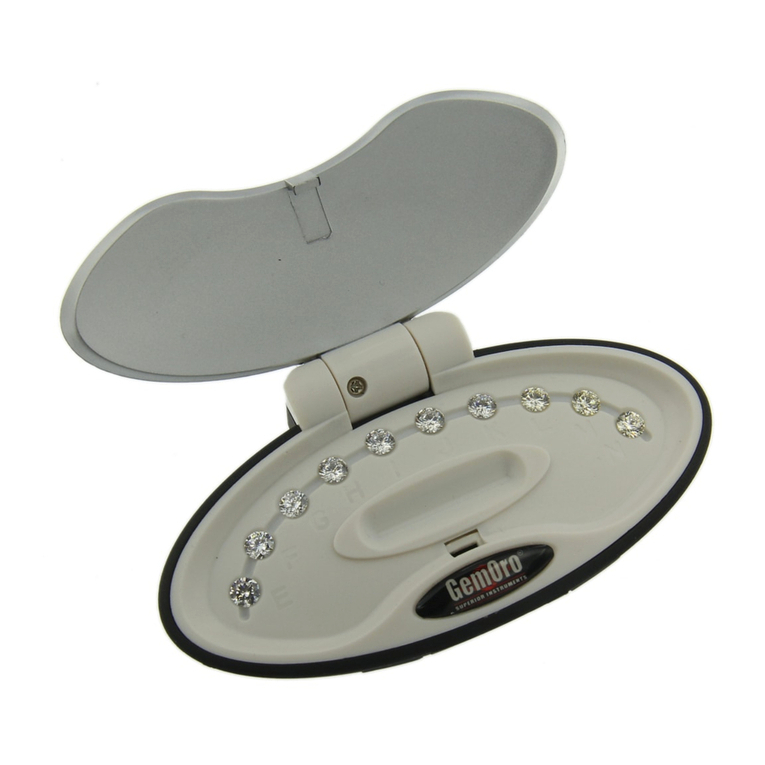Bosch BAT 135 User manual

BAT 135 Battery Tester Operating Instructions

en |2|Operating Instructions | BAT 135 Battery Tester
BAT 135 | REV. A | JANUARY 2018
Contents
1 Introduction 3
2 Safety Warnings and Instructions 3
3 Paper Loading 3
4 Test Preparation 4
5 Battery Testing 4
6 Start/Stop Test 5
7 System Test 6
8 Glossary 7
9 Warranty Terms and Conditions 8
Appendix A - System Analyzer Screens 9
Appendix B - Surface Charge Notice 10
Appendix C - Decoding Test Codes 12

BAT 135 | REV. A | JANUARY 2018
Operating Instructions | BAT 135 Battery Tester | 3|en
1 Introduction
The BAT 135 Battery Tester is used to test 6 and 12 volt batteries, and to test 12 and 24 volt charging systems. The
suggested operation range is from 0 degrees Centigrade (32 degrees Fahrenheit) to 50 degrees Centigrade (122
degrees Fahrenheit) in ambient temperature.
2 Safety Warnings and Instructions
WARNING
This product can expose you to chemicals including arsenic, which is known to the State of California to
cause cancer. For more information, go to www.P65Warnings.ca.gov.
CAUTION
Do not expose the tester to rain or snow.
} Working in the vicinity of a lead acid battery is dangerous. Batteries generate explosive gases during normal
operation. For this reason it is of utmost importance, if you have any doubt, that you read these instructions very
carefully each time you use your tester.
} To reduce risk of battery explosion, follow these instructions, those published by the battery manufacturer, and
the manufacturer of any equipment you intend to use in the vicinity of the battery. Observe cautionary markings
on these items.
} Another person should be within range of your voice or close enough to come to your aid when you work near a
lead acid battery.
} Have plenty of fresh water and soap nearby in case battery acid contacts skin, clothing, or eyes.
} Wear safety glasses and protective clothing.
} If battery acid contacts your skin or clothing, wash immediately with soap and water. If acid enters your eye,
immediately flood the eye with running cold water for at least ten minutes and seek immediate medical attention.
} NEVER smoke or allow a spark or flame in vicinity of the battery or engine.
} Be extra cautious to reduce the risk of dropping a metal tool onto the battery. It could spark or short-circuit the
battery or other electrical parts and could cause an explosion.
} Remove personal metal items such as rings, bracelets, necklaces, and watches when working with a lead acid
battery. These items can produce a short-circuit current high enough to weld a ring or like to metal causing a
severe burns.
3 Paper Loading/Replacement
Do the following to load paper:
1. Open the clear cover.
2. Insert a new/replacement paper roll (PN 1699200246) into the paper feeder for auto running the paper into the
printer.
3. Pull the paper slowly and straight from the paper roll in the chamber.
Note: The battery clamp replacement part number is 1699200245.

en |4|Operating Instructions | BAT 135 Battery Tester
BAT 135 | REV. A | JANUARY 2018
4 Test Preparation
1. Ensure that the area around the battery is well ventilated while the battery is being tested.
2. Clean battery terminals. Be careful to keep corrosion from coming in contact with your eyes.
3. Inspect the battery for cracked or broken case or cover. If the battery is damaged, do not use the tester.
4. If the battery is not sealed maintenance free, add distilled water in each cell until the battery acid reaches the
level specified by the manufacturer. This helps purge excessive gas from cells. Do not overfill.
5. If necessary to remove battery from vehicle to test, always remove the ground terminal from the battery first.
Make sure all accessories in the vehicle are off to prevent arcing.
5 Battery Testing
CAUTION
Before you test a battery in a vehicle, turn off the ignition and all accessories and loads. Close all
vehicle doors and the trunk lid.
Note: Each time you connect the tester to a battery, the tester will run a quick cable verification to ensure a
proper connection through the output cables to sensors in the clamp jaws. If the connection checks out OK, the
display will momentarily flash and proceed to the Home Screen. In operation the tester will only show three
results: CHECK CLAMPS / VOLTAGE HIGH / VOLTAGE LOW.
1. Make sure you have put 6 pcs 1.5V batteries into the battery chamber. Oxyride batteries are not recommended
because of the initial 1.7 Volt output. If the 1.5V battery runs out of power, the screen will display “POWER
LOW.” Replace those 6 pcs 1.5V batteries before starting the test.
Note: Nothing will be seen on the display until the tester is connected to a vehicle battery.
2. Make sure the battery terminals are clean. Wire brush them if necessary. Clamp the black load lead to the
vehicle negative battery terminal. Clamp the red load lead to the vehicle positive battery terminal. Clamp on the
lead part of the terminal only, as clamping on the iron part of the terminal will lead to inaccurate test results.
3. View the
System Analyzer Screens
diagram (
Appendix A
) for selection options.
4. Press to select Battery Test, then press ENTER.
5. Press to select one of the following battery types:
}FLOODED
}AGM FLAT
}AGM SPIRAL
}VRLA/GEL
Press ENTER to confirm choice.
6. Press to select one of the following battery ratings.
}CCA/SAE
}EN
}JIS
}DIN
}IEC
}CA/MCA
Press ENTER to confirm choice.
7. Press to select the battery capacity of SAE from one of the following:
}CCA/SAE: 40~2000
}EN: 40~1885
}DIN: 25~1120
}IEC: 30~1320
}JIS: By battery type number
}CA/MCA: 50~2400
Press ENTER to begin the test.
Example
Example
Example

BAT 135 | REV. A | JANUARY 2018
Operating Instructions | BAT 135 Battery Tester | 5|en
8. Press to confirm the temperature.
Press ENTER to begin the test.
Note: Before the test is started, you can always return to the previous page by pressing and holding ENTER for
two seconds.
Important: If prompted by the tester to remove a surface charge, refer to
Appendix B, Surface Charge Notice
.
6 Start/Stop Test
1. Press to select Start/Stop Test, then press ENTER.
2. Press to select one of the following the battery types:
}EFB
}AGM FLAT
Press ENTER to confirm choice.
3. Press to select one of the following battery ratings:
}CCA/SAE
}EN
}JIS
}DIN
}IEC
}CA/MCA
Press ENTER to confirm choice.
4. Press to input one of the following battery capacities of SAE:
}CCA/SAE: 40~2000
}EN: 40~1885
}DIN: 25~1120
}IEC: 30~1320
}JIS: By battery type number
}CA/MCA: 50~2400
Press ENTER to begin test.
5. Press to confirm temperature.
Press ENTER to begin test.
Note: Before the test is started, you can always return to the previous page by pressing and holding ENTER for
two seconds.
Important: If prompted by the tester to remove a surface charge, refer to
Appendix B, Surface Charge Notice
.
Example
Example
Example
Example
Example

en |6|Operating Instructions | BAT 135 Battery Tester
BAT 135 | REV. A | JANUARY 2018
7 System Test
1. Press ENTER to view the System Test screen.
2. Turn off all vehicle accessory loads such as light, air conditioning, radio, etc. before starting the engine.
3. When the engine is started, one of three results will be displayed, along with the reading taken:
}Cranking Volts Pass
The system is showing normal draw. Press ENTER to start the charging system test.
}Cranking Volts Fail
The cranking voltage is below normal limits. Troubleshoot the starter with the manufacturer’s recommended
procedure.
}Cranking Volts Not Detected
The cranking voltage is not detected.
4. If the cranking voltage is normal, press ENTER to begin the charging system test.
5. Press ENTER. The following screen appears.
6. Press ENTER. One of the following two results for the Charging Volts Test at Idle will be displayed.
}PASS
}FAIL
7. Monitoring the charging system at idle, press ENTER for the charging system with accessory loads. Turn on the
blower to High (heat), High Beam headlights, and Rear Defogger. Do not use cyclical loads such as air
conditioning or windshield wipers.
8. When testing older model diesel engines, run up the engine to 2500 rpm for 15 seconds. You will view the
following screen:
Example
Example
Example
Example
Example
Example
Example
Example

BAT 135 | REV. A | JANUARY 2018
Operating Instructions | BAT 135 Battery Tester | 7|en
9. Press ENTER to determine the amount of ripple from the charging system to the battery. One of two testing
results will be displayed, along with the reading taken.
}Ripple Detected
Diodes function well in the alternator / stator.
}No Ripple Detected
One or more diodes in the alternator are not functioning or there is stator damage. Ensure that the alternator
mounting is sturdy and that the belts are in good shape and functioning properly. If the mounting and belts
are good, replace the alternator.
10. Press ENTER to continue testing the charging system with accessory loads. One of two results will be
displayed.
}PASS
}FAIL
11. Press ENTER when the charging system test is completed. Turn all accessory loads and engine off. Press ENTER
to return to Step 1 or remove the test clamps from the battery posts after completion of testing to end test.
8 Glossary
Gelled Electrolyte (GEL) Battery
A lead-acid electric storage battery that:
}Is sealed using special pressure valves and should never be opened.
}Is completely maintenance-free. (However, connections must be retorqued and the battery cleaned periodically.)
}Uses thixotropic gelled electrolyte.
}Uses a recombination reaction to prevent the escape of hydrogen and oxygen gases normally lost in a flooded
lead-acid battery (particularly in deep-cycle applications).
}Is non-spillable, and therefore can be operated in virtually any position. (However, upside-down installation is
not recommended.)
Absorbent Glass Mat (AGM) Battery
A lead-acid electric storage battery that:
}Is sealed using special pressure valves and should never be opened.
}Is completely maintenance-free. (However, connections must be retorqued and the battery cleaned periodically.)
}Has all of its electrolyte absorbed in separators consisting of a sponge-like mass of matted glass fibers.
}Uses a recombination reaction to prevent the escape of hydrogen and oxygen gases normally lost in a flooded
lead-acid battery (particularly in deep-cycle applications).
}Is non-spillable, and therefore can be operated in virtually any position. (However, upside-down installation is
notrecommended.)
Valve Regulated Lead Acid (VRLA) Battery
A battery that is sealed Maintenance Free with a “Bunce” Valve or Valves in the top that opens when a preset pres-
sure is realized inside the battery and lets the excess gas pressure out. Then the valve resets itself.
Example
Example
Example
or

en |8|Operating Instructions | BAT 135 Battery Tester
BAT 135 | REV. A | JANUARY 2018
Starting, Lighting, Ignition (SLI) Battery
A battery that performs three basic functions on all normal vehicles. Batteries given this description will have been
specifically designed for service on cars and trucks within a voltage controlled electrical system. Those SLI batteries
which are intended for heavy haulage vehicles fitted with large diesel motors may often be called COMMERCIAL
batteries. They have to be much more powerful and more robust than batteries intended for cars.
State of Health (SOH)
Percent of battery capacity remaining compared with the marked original battery capacity.
State of Charge (SOC)
Percent of battery actually charged.
Cold Cranking Amps (CCA)
The current in amperes which a new fully charged battery can deliver for 30 seconds continuously without the termi-
nal voltage falling below 1.2 volts per cell, after it has been cooled to 0 degrees F and held at that temperature. This
rating reflects the ability of the battery to deliver engine starting currents under winter conditions.
Ampere-Hour
The unit of measurement of electrical capacity. A current of one ampere for one hour implies the delivery or receipt
of one ampere-hour of electricity. Current multiplied by time in hours equals ampere-hours.
9 Warranty Terms and Conditions
Any battery tester found defective in material or workmanship within one year from the date of purchase by a retail
customer will be repaired or replaced according to published defective return test repair procedures. The existence
of a defect shall be determined by the manufacturer in accordance with published warranty repair procedures. The
warranty repair procedures are available upon request.
This warranty does not cover any unit that has been damaged due to accident, abuse, alternation, use for a purpose
other than that for which it was intended, or failure to follow operating instructions. This warranty is expressly
limited to original retail buyers. This warranty is not assignable or transferable. Proof of purchase is required for all
alleged claims. Warranty cannot be authorized without proof of purchase. Warranty claims must be sent pre-paid
with dated proof of purchase. Damage incurred during shipment is the responsibility of the shipper (customer
returning unit) If the returned unit qualifies for warranty, the shipper will only incur shipping cost. The manufacturer
reserves the right to substitute or offer alternative warranty options at its discretion.
The sole and exclusive remedy for any unit found to be defective is repair or replacement, at the option of the manu-
facturer. In no event shall the manufacturer be liable for any direct, indirect, special, incidental, or consequential
damages (including lost profit) whether based on warranty, contract, tort, or any other legal theory.
Return Goods
Pack with sufficient over-pack to prevent damage during shipment. Damage incurred during return shipment is not
covered under this warranty. Repair costs for such damages will be charged back to shipper.
WHEN RETURNING GOODS, PLEASE INDICATE “RETURN GOODS” ON ALL INVOICES AND
RELATED SHIPPING DOCUMENTS TO PREVENT ANY EXTRA CHARGE.

BAT 135 | REV. A | JANUARY 2018
Operating Instructions | BAT 135 Battery Tester | 9|en
Appendix A System Analyzer Screens
The following screens are available for system analysis, testing, and customization.
Note: Current language is displayed initially.
Language

en |10 |Operating Instructions | BAT 135 Battery Tester
BAT 135 | REV. A | JANUARY 2018
Appendix B Surface Charge Notice
The battery will hold a surface charge if the engine has been running or after the battery has been charged. The
tester may prompt you to remove the surface charge. Follow the instructions indicating when to turn the headlights
on and off or apply a load into the battery.
In Vehicle
Out of Vehicle
The tester will resume testing after it detects that the surface charge is removed.
1. Test the battery for a few seconds.
2. Press to select battery fully charged or not if tester asks, then press ENTER to confirm choice.
3. When the test is completed, the display shows the actual volts and the actual SAE or %. Press to select:
}SOH (STATE OF HEALTH)
or
}SOC (STATE OF CHARGE)
One of 6 results will be displayed.
Good & Pass
The battery is good and capable of holding a charge.
Marginal Battery
A Marginal battery indicates that your battery is functioning properly, but its life expectancy is compromised.
The battery should be closely monitored with more frequent battery checkups.
Recharge & Retest
The battery is discharged, the battery condition cannot be determined until it is fully charged. Recharge and
retest the battery.

BAT 135 | REV. A | JANUARY 2018
Operating Instructions | BAT 135 Battery Tester | 11 |en
Bad & Replace
The battery will not hold a charge. It should be replaced immediately.
Bad Cell & Replace
The battery has at least one cell short circuit. It should be replaced immediately.
Load Error
The tested battery is bigger than 2000SAE or 200AH. Or the clamps are not connected properly. Please fully
charge the battery and retest after excluding both previous reasons. If reading is the same, the battery should be
replaced immediately.
4. Press ENTER to get a test code for record.
Note: A BARCODE will appear after printing. Pay attention to the BARCODE Scanner, which only supports
CODE39 format. See
Appendix C, Generating Test Codes
.
5. Press to select result printing: YES or NO. Press ENTER to confirm your choice.
6. Press ENTER to return to Step 5, or remove the test clamps from the battery posts after completion of testing
batteries to end test.

en |12 |Operating Instructions | BAT 135 Battery Tester
BAT 135 | REV. A | JANUARY 2018
Do the following to decode test codes:
1. Download the decoding software via: https://www.boschdiagnostics.com/pro/products/bat135
2. Click the icon labeled “BT/RTxxx” and the sheet below will appear.
3. Input the test code into the chart manually or by barcode scanner.
4. Test results will appear in the chart after decoding, as shown above.
Appendix C Decoding Test Codes

BAT 135 | REV. A | JANUARY 2018
Operating Instructions | BAT 135 Battery Tester | 13 |en

Bosch
Automotive Service Solutions
28635 Mound Road
Warren, MI 48092 USA
Phone: (855) 267-2483
www.boschdiagnostics.com
PN 1699200248
Table of contents
Other Bosch Test Equipment manuals
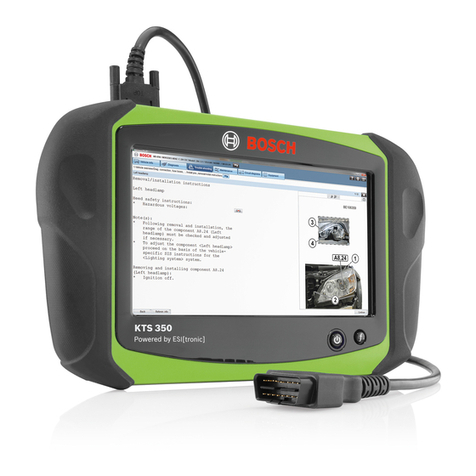
Bosch
Bosch KTS 3a Series User manual

Bosch
Bosch CH-47976 User manual
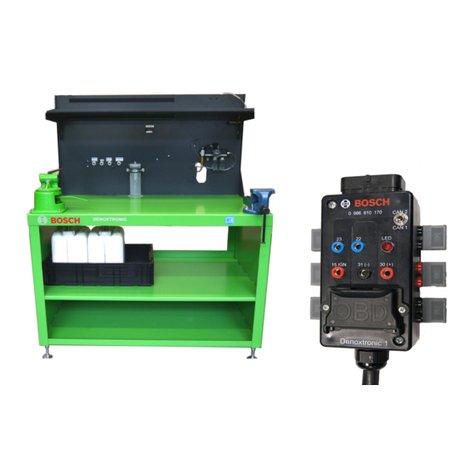
Bosch
Bosch Denoxtronic 1.1 Technical specifications

Bosch
Bosch BAT 131 User manual

Bosch
Bosch RG8.0 Setup guide
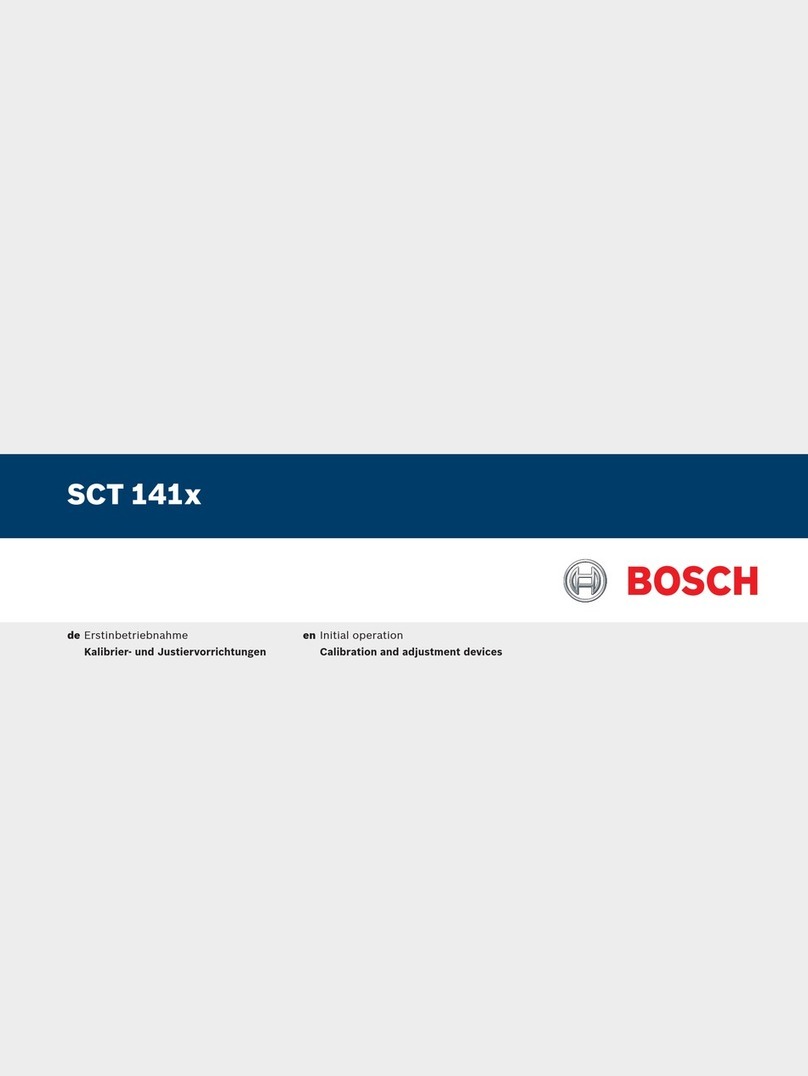
Bosch
Bosch SCT 141 Series User manual

Bosch
Bosch KTS 200 User manual
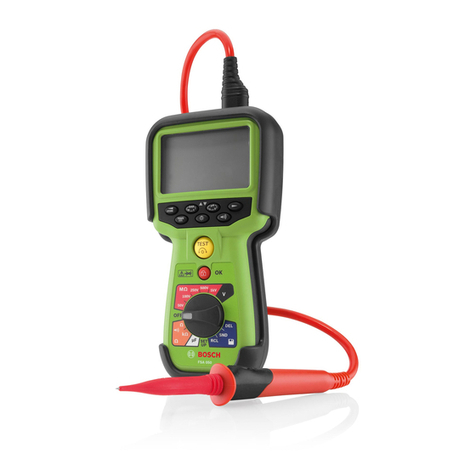
Bosch
Bosch FSA 050 User manual
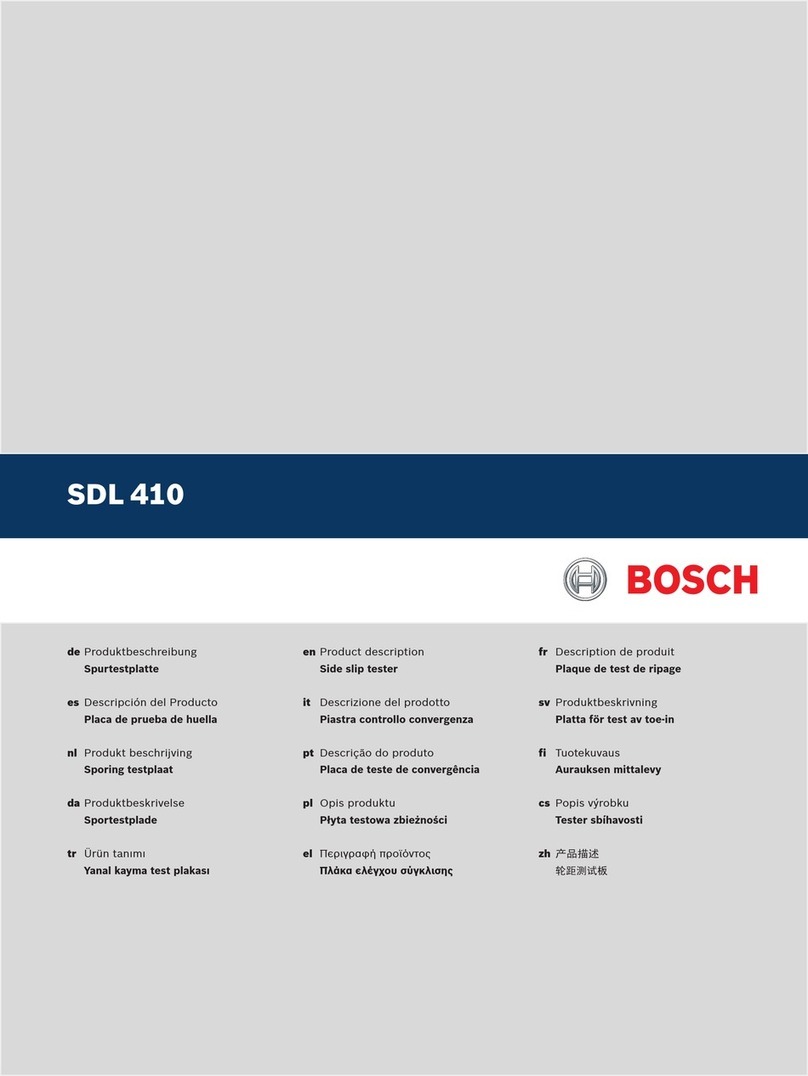
Bosch
Bosch SDL 41 Series Technical specifications

Bosch
Bosch RCK3 VCI User manual

Bosch
Bosch BEA 055 User manual

Bosch
Bosch BSA 43 Series User manual

Bosch
Bosch EPS 118 User manual
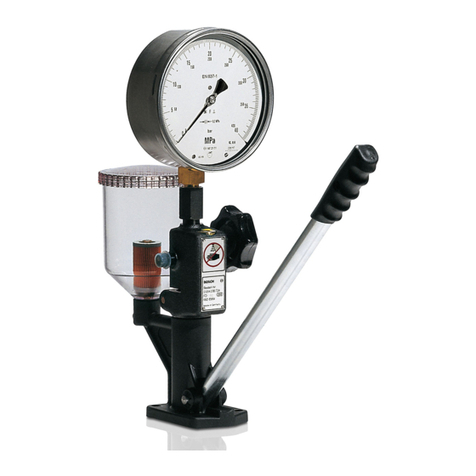
Bosch
Bosch EPS 100 User manual
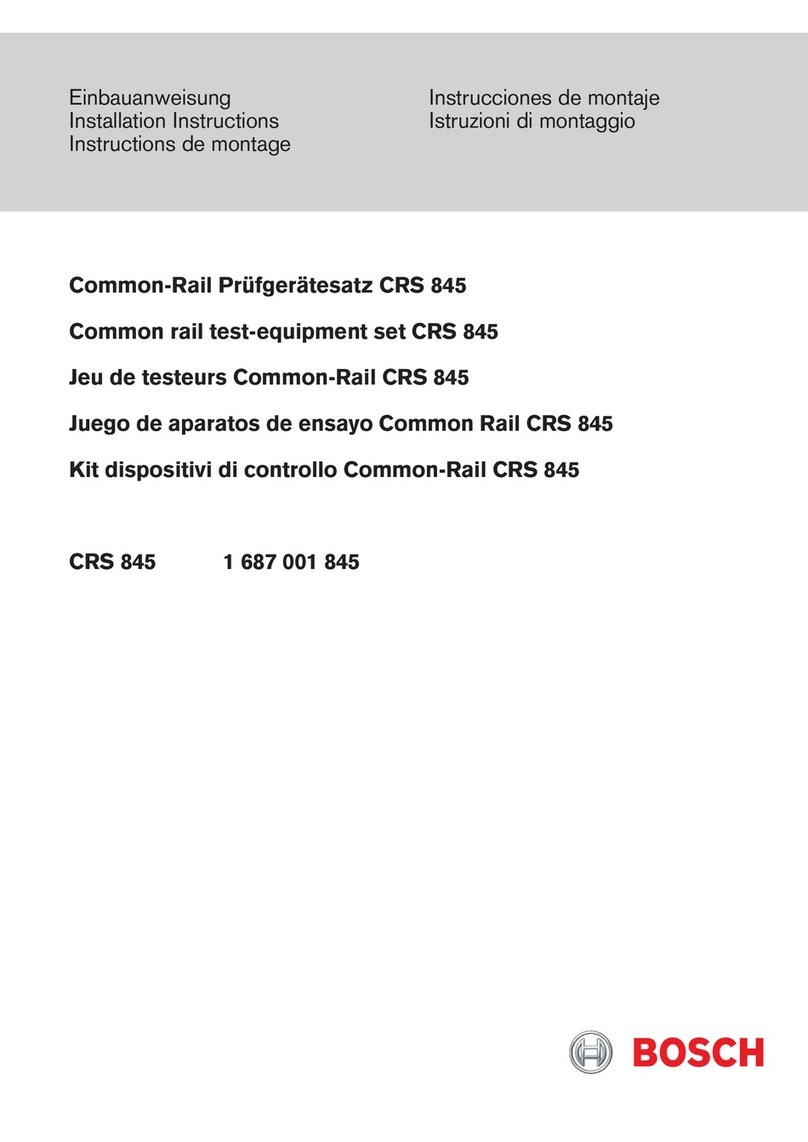
Bosch
Bosch CRS 845 User manual

Bosch
Bosch KTS 340 User manual

Bosch
Bosch BCT 100 User manual
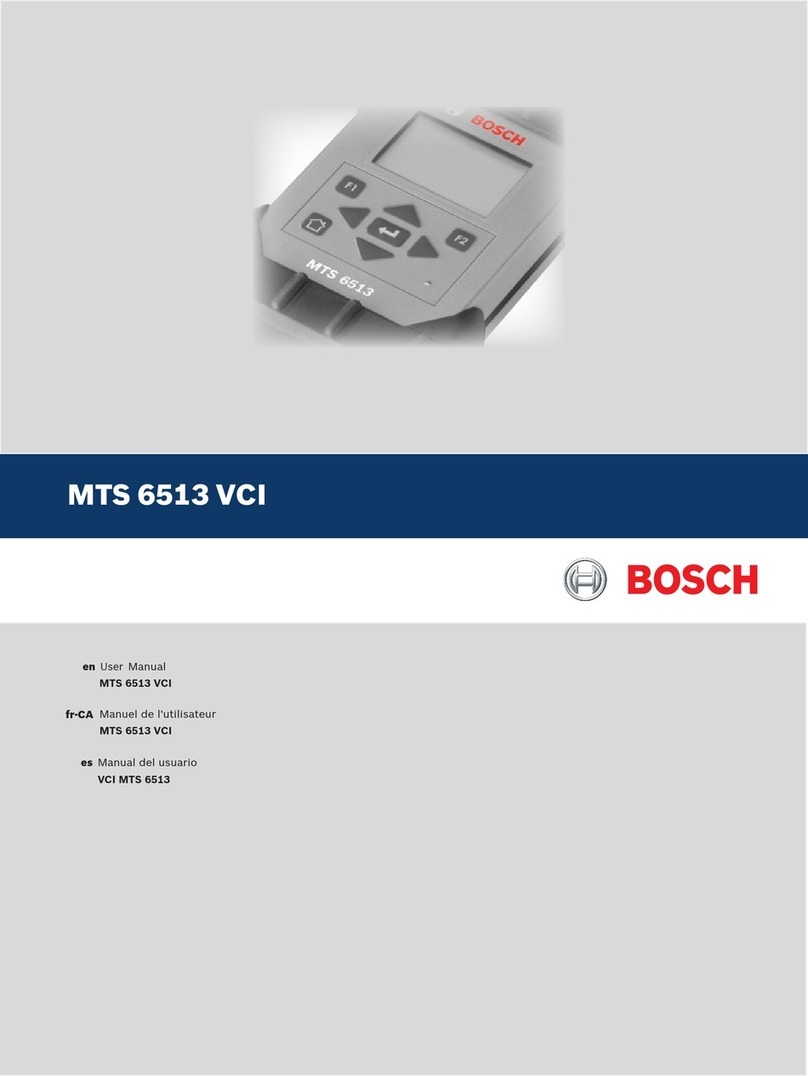
Bosch
Bosch MTS 6513 VCI User manual
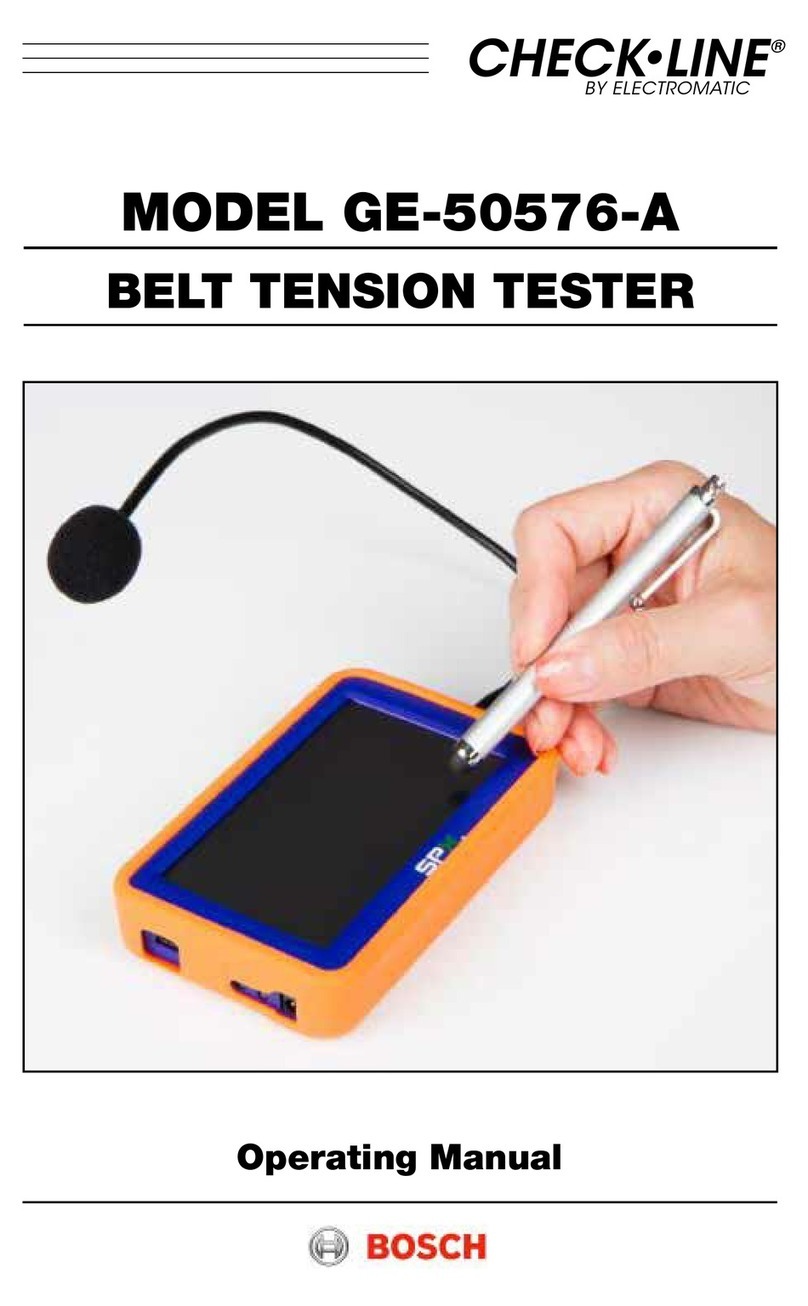
Bosch
Bosch GE-50576-A User manual

Bosch
Bosch RG8.0 User manual
